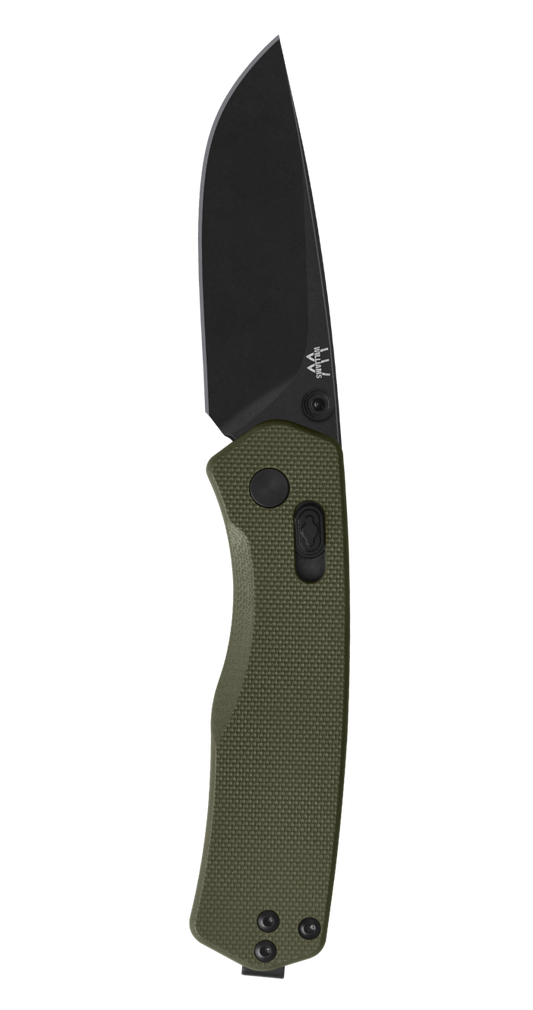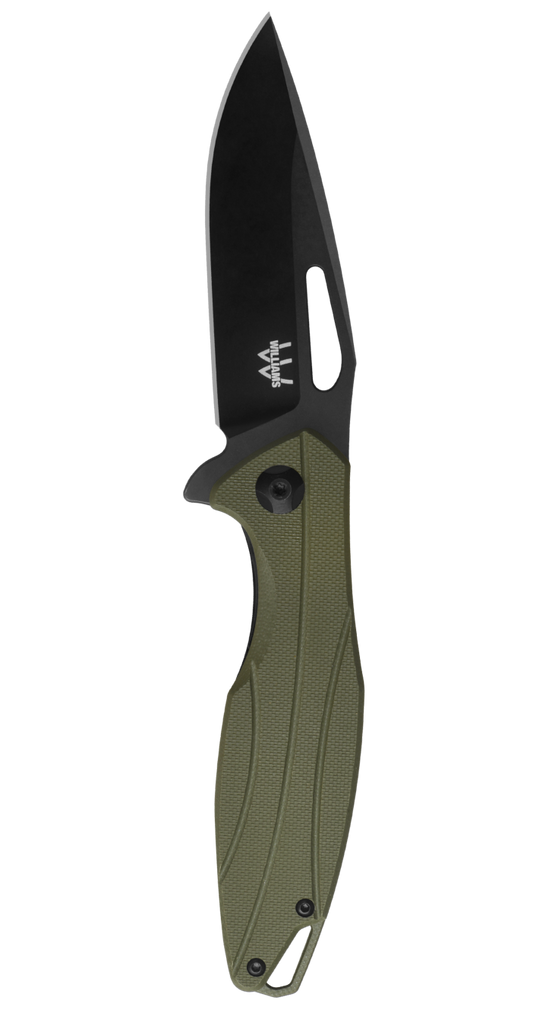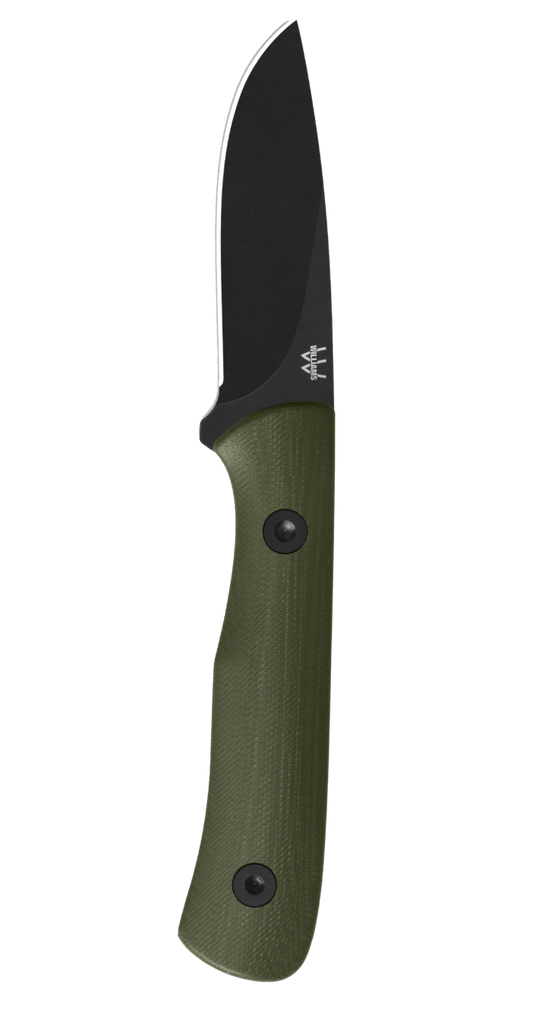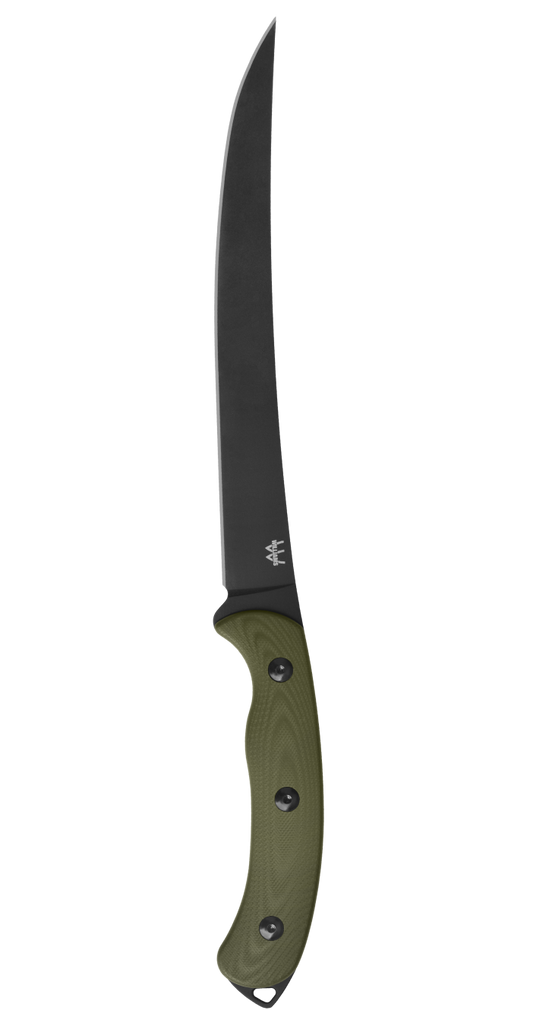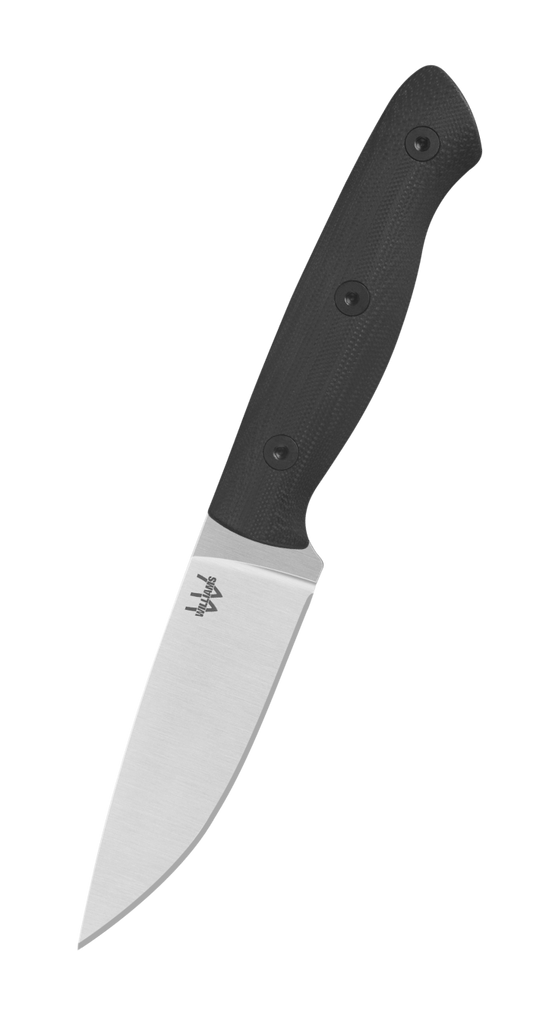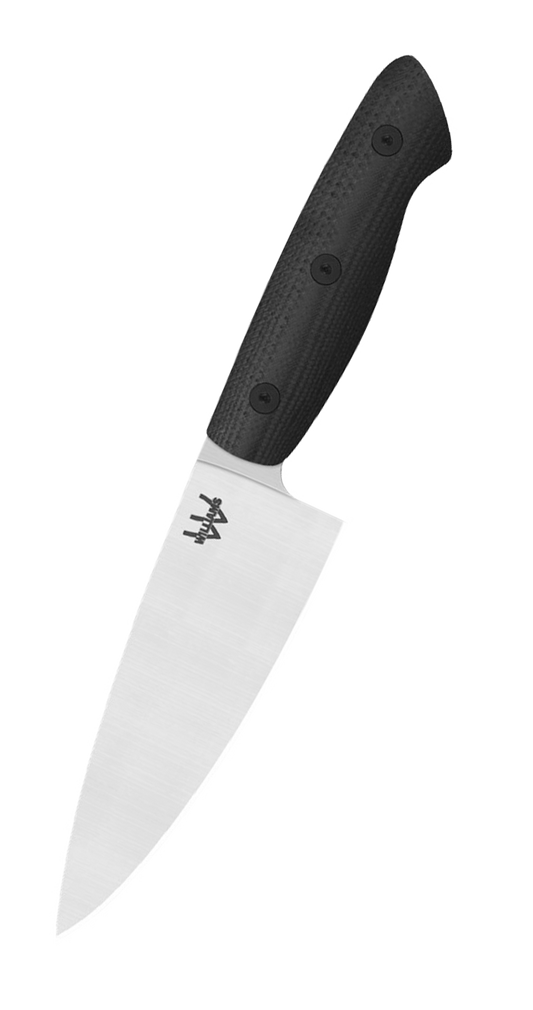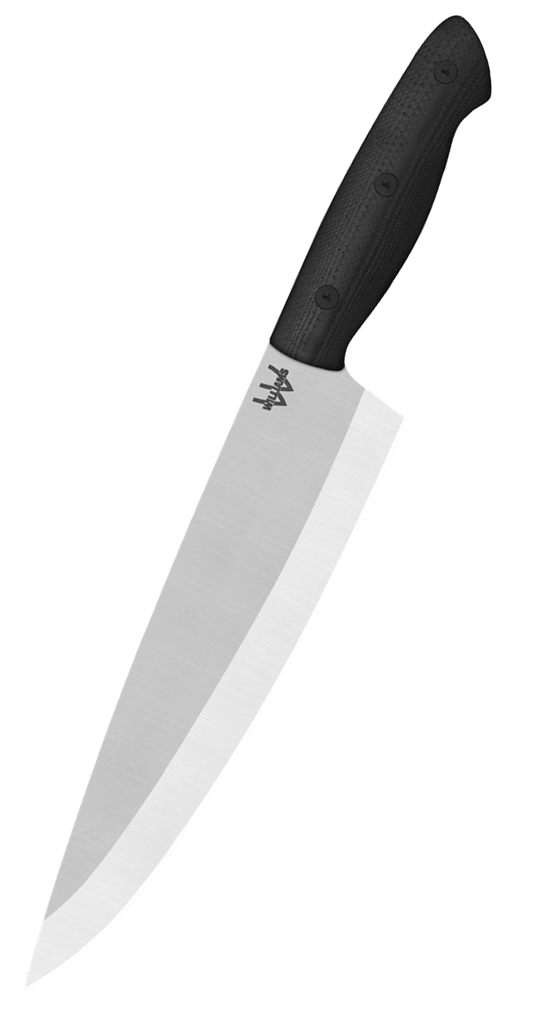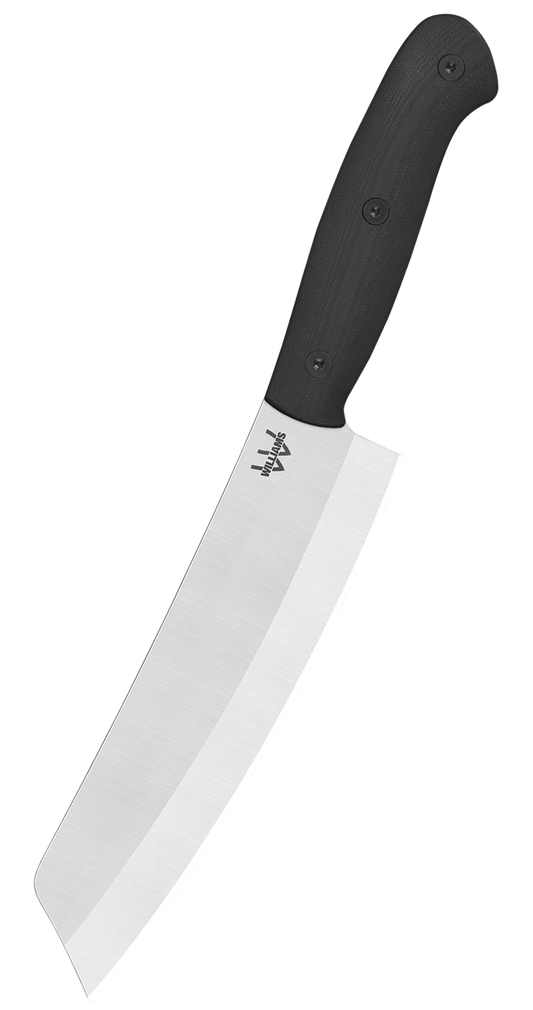Spatchcocking is widely considered the best way to cook game birds whole. This technique involves removing the backbone and flattening the bird, which allows for even cooking, crispy skin, and juicy meat. While many cooks use kitchen shears for this task, a quality knife gives you more control and precision - especially when working with delicate game birds like quail, pheasant, and grouse.
Why Spatchcock Game Birds?
Game birds have a tendency to dry out when roasted whole because the breast meat cooks faster than the dark meat in the legs and thighs. By spatchcocking the bird and laying it flat, you create an even thickness that cooks uniformly. The result is perfectly cooked breast meat that stays moist while the legs and thighs reach the proper temperature.
Additionally, spatchcocking exposes more skin to direct heat, giving you that coveted crispy skin that makes roasted game birds so delicious. The flattened bird also takes up less space in your oven or on your grill, and cooks in about half the time of a traditional roast.
The Right Knife for Spatchcocking
While you can use kitchen shears, a sharp bird knife gives you superior control when working with game birds. The precision blade allows you to work carefully around the backbone and make clean cuts without tearing the delicate meat.
For field-to-table preparation, the same knife you use for processing your birds in the field works perfectly in the kitchen. A quality hunting knife with a 3 to 4-inch blade provides the right combination of maneuverability and cutting power for spatchcocking.
How to Spatchcock a Game Bird
Step 1: Position the Bird
Place your bird breast-side down on a clean cutting board. You should be looking at the backbone running down the center of the bird. Make sure your work surface is stable and you have good lighting.
Step 2: Remove the Backbone
Using your Bird Knife, cut along one side of the backbone from tail to neck. Apply steady pressure and let the sharp blade do the work - you shouldn't need to force it. Then make a second cut along the other side of the backbone to remove it completely.
Save the backbone for making stock - game bird bones create incredibly flavorful broth that's perfect for soups and sauces.
Step 3: Flatten the Bird
Flip the bird over so it's breast-side up. Press down firmly on the breastbone with the heel of your hand to flatten the bird. You should hear a slight crack as the breastbone breaks and the bird flattens out. The bird should now lay completely flat.
Step 4: Prepare for Cooking
Pat the bird dry with paper towels - this is crucial for crispy skin. Season generously with salt, pepper, and your favorite herbs. You can also slide herb butter or aromatics under the skin for extra flavor.
Cooking Your Spatchcocked Game Bird
For quail, roast at 450°F for 15-20 minutes. Pheasant and grouse need 25-35 minutes at 425°F. The bird is done when the internal temperature reaches 165°F in the thickest part of the thigh. Let it rest for 5-10 minutes before carving.
You can also grill spatchcocked game birds over medium-high heat, which adds wonderful smoky flavor and creates even crispier skin.
From Field to Table
The beauty of using quality hunting knives in your kitchen is the seamless transition from field to table. The same precision tools you rely on during the hunt serve you equally well when preparing your harvest for the dinner table.
Explore our complete collection of culinary knives and hunting knives designed for hunters and cooks who appreciate quality craftsmanship. Whether you're processing game in the field or preparing it in the kitchen, having the right knife makes all the difference.
Master the spatchcock technique, and you'll never roast a whole game bird any other way again.


